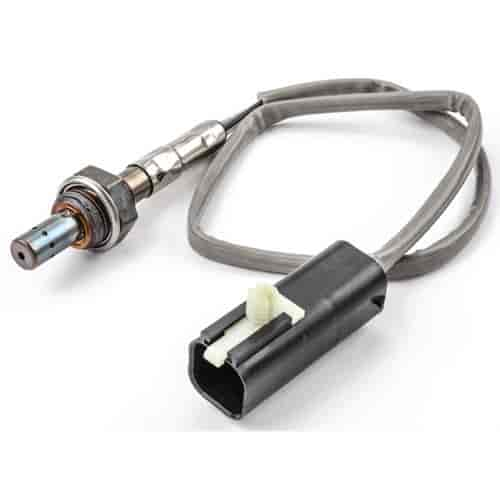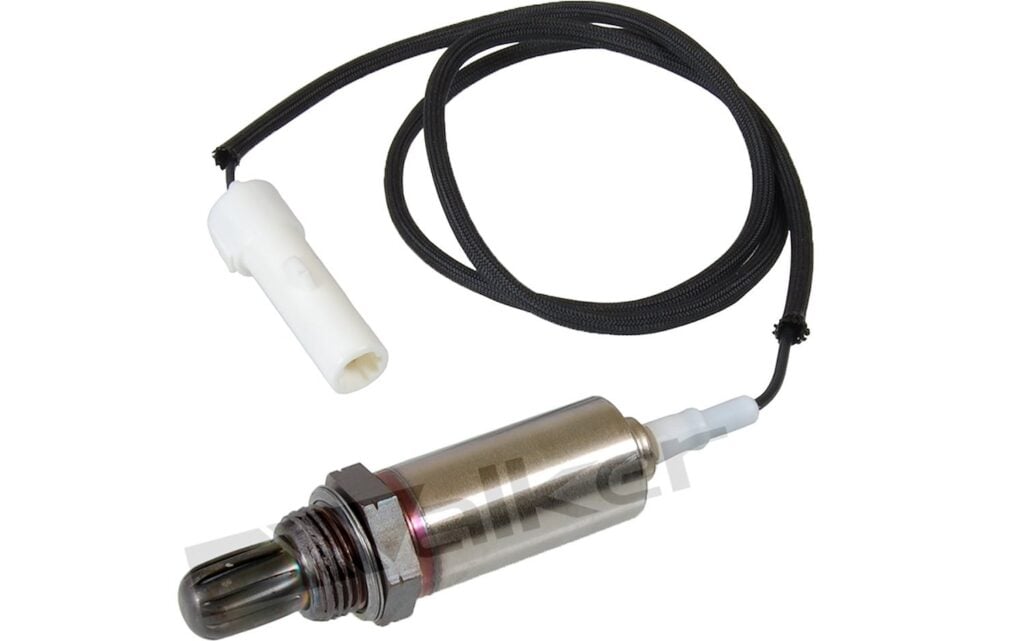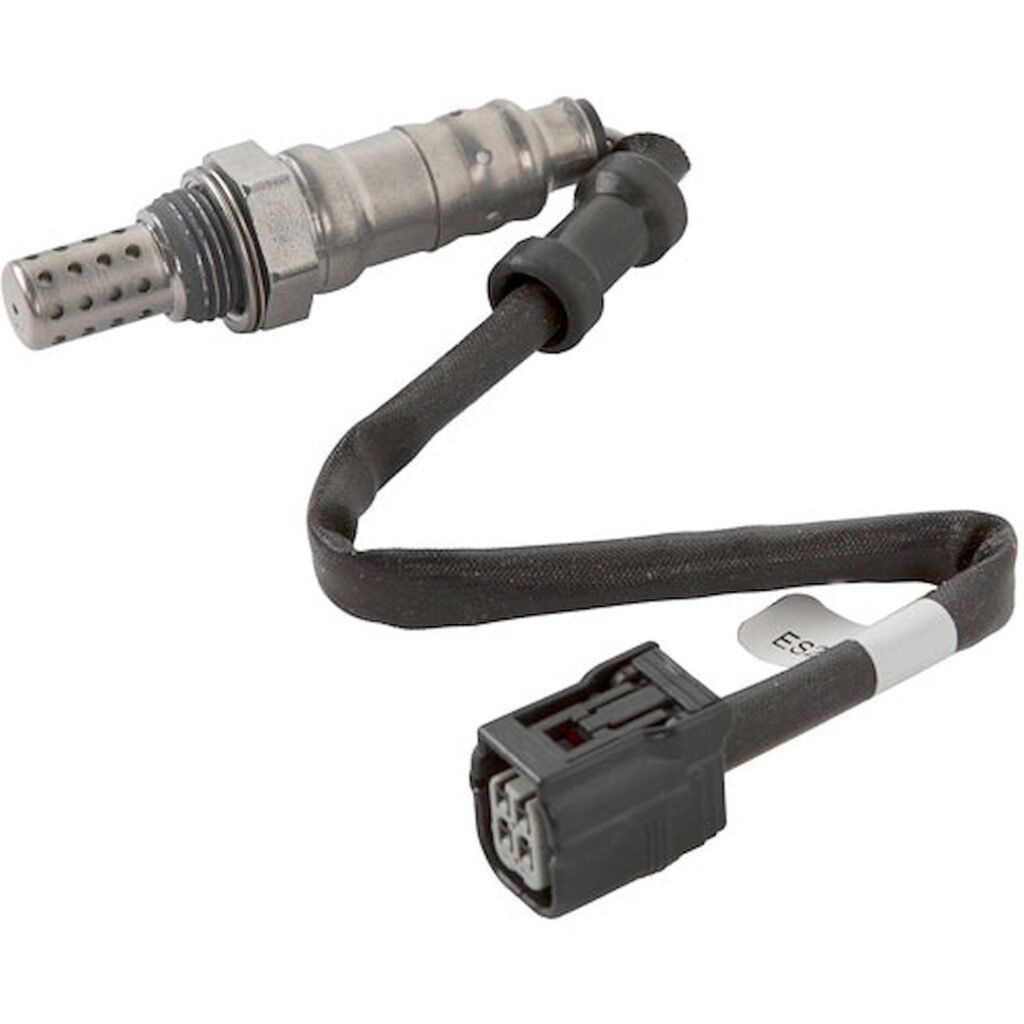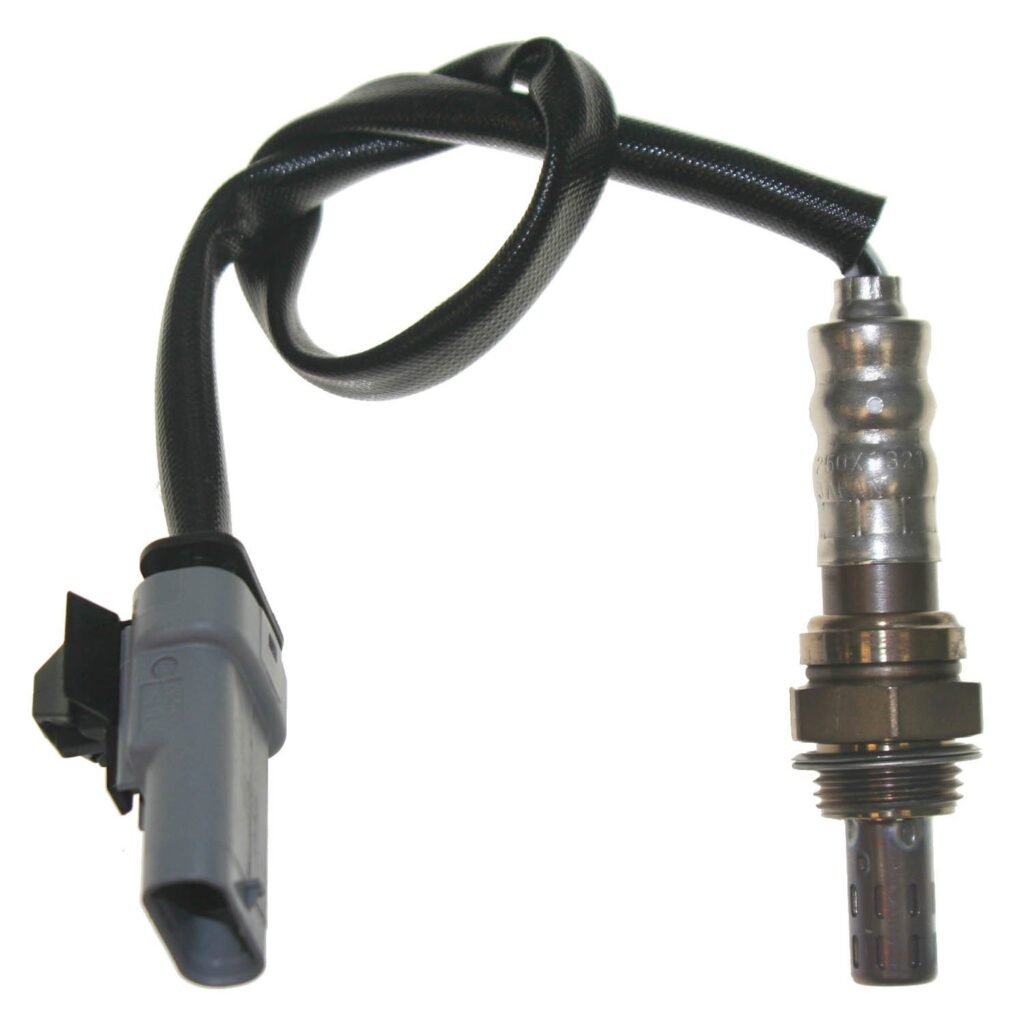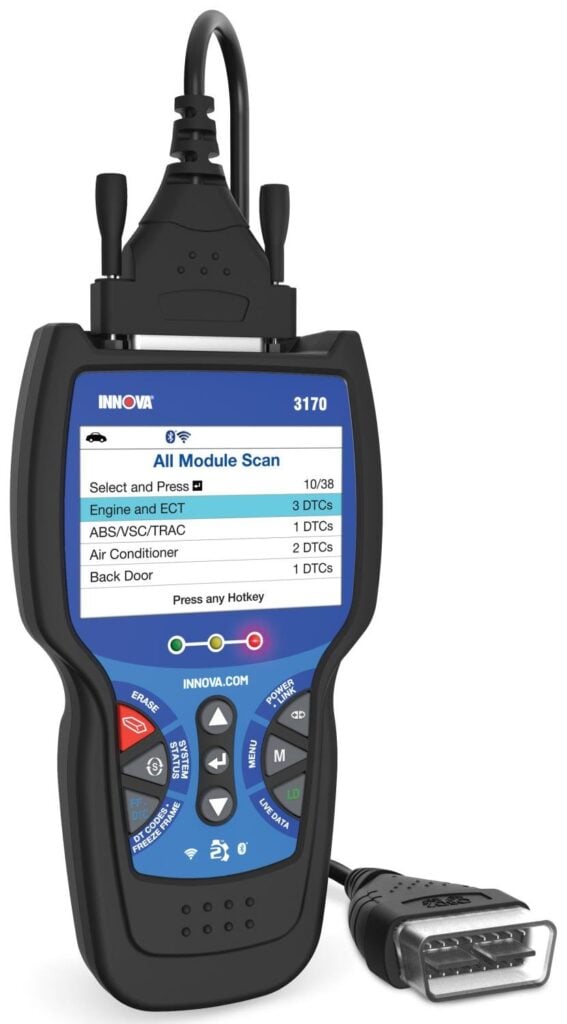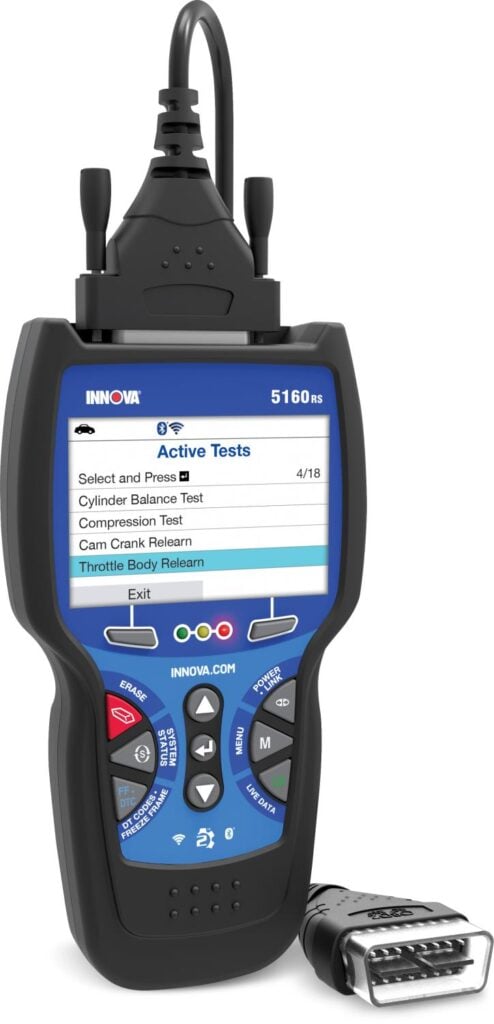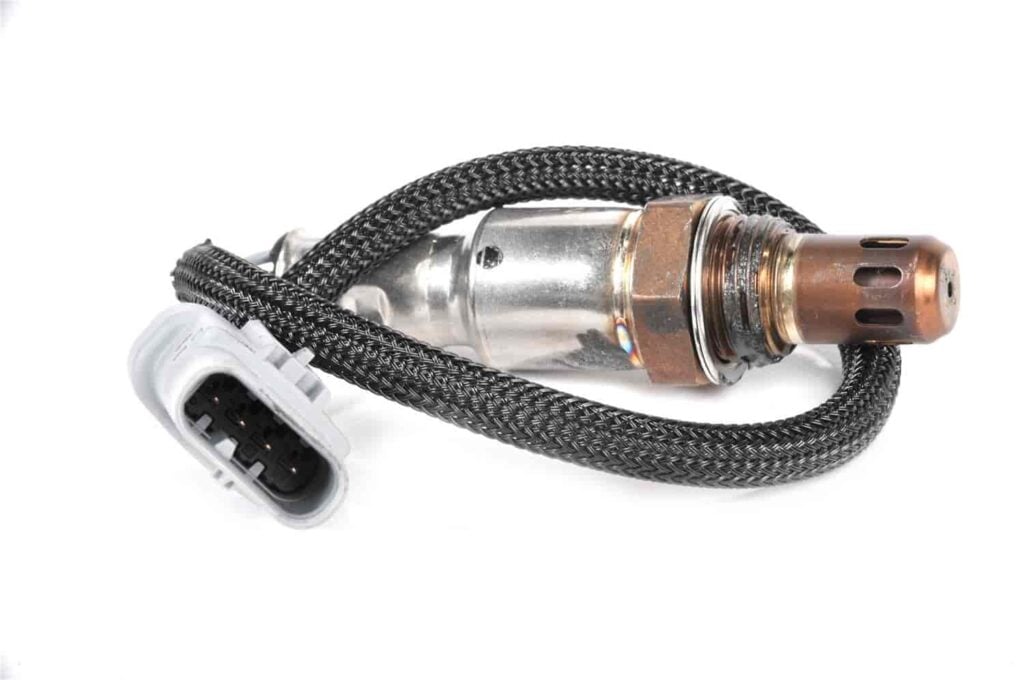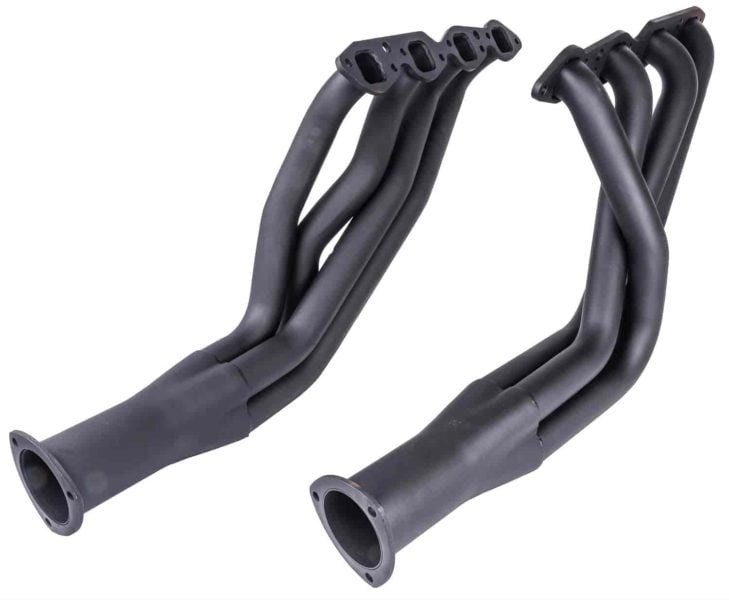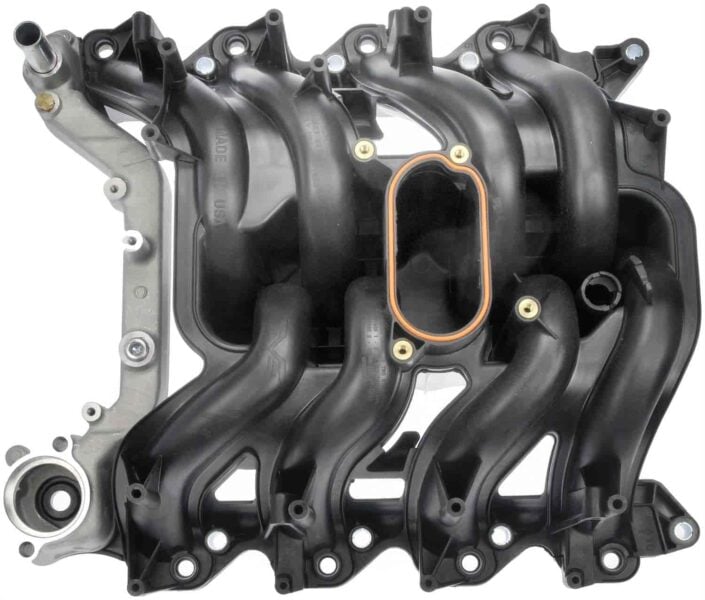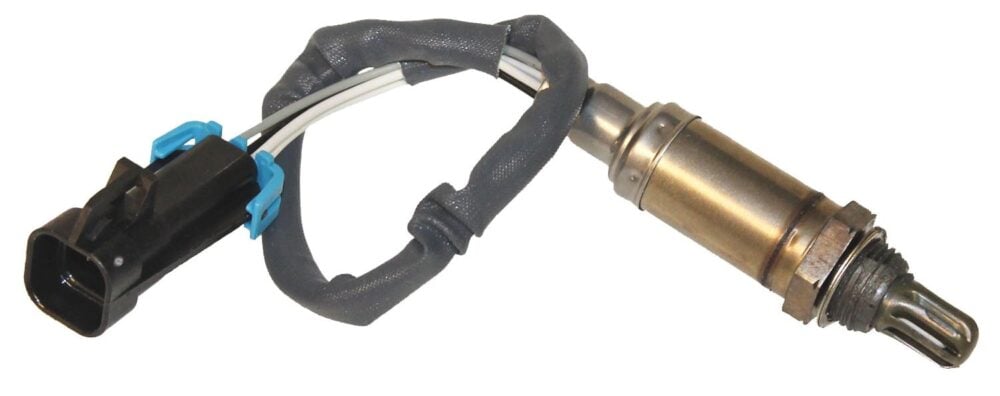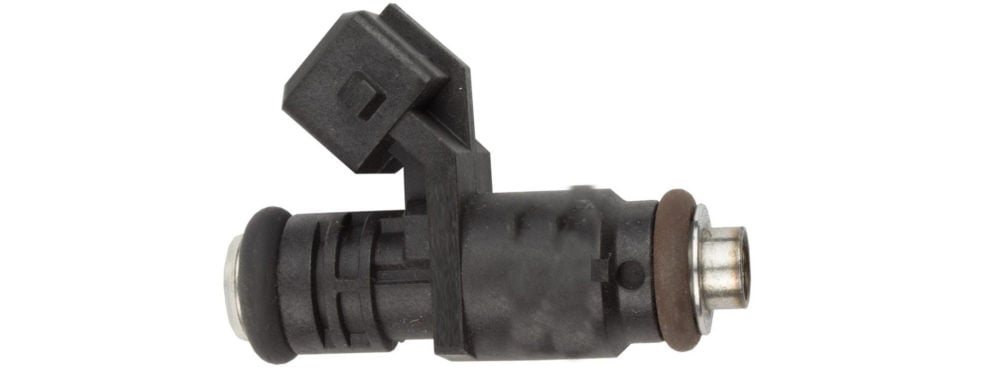Driving can quickly go from a relaxing adventure to a stressful situation that has you heading to the nearest mechanic or parking lot when you see the Check Engine Light turn on. While the Check Engine Light is a helpful indication that something needs to be fixed, it's easier to pinpoint the problem once you find the engine error code. Whether a mechanic helps you find the code or uses an OBD-II scanner, you're in the right place if you have the P2270 error code.
Read on to learn everything you need to know about the P2270 code. We cover what you’re looking at, symptoms and causes, how serious the problem is, and how you can get back on the road.
What Is a P2270 Code?
A P2270 is a diagnostic code that appears when there is an issue with your engine's oxygen sensor. A Check Engine Light accompanies it; you need an OBD-II scanner to read the code. The code signifies a problem with an oxygen sensor behind the catalytic converter. These sensors measure the amount of oxygen in the exhaust gasses to help your engine’s computer adjust the fuel mixture. If you have a P2270 error code, these sensors give the computer a lean reading, and the issue is on the Bank 1 side of the engine.
When it comes to Bank 1 sensor 2, the issue with the code is on the side of the engine where the first piston is located, and it's the second sensor in the circuit. This is common in V8 engines, so a P2270 Chevy code is common in Chevy Camaros and some V8 pickup trucks. Typically, the first piston is on the left side of the engine, but you should always check your owner's manual or a shop manual for a more detailed location chart.
What Are the Symptoms and Causes of a P2270 Code?
The most common symptom of a P2270 is a Check Engine Light. Your engine’s electronic control module (ECM) takes readings from oxygen sensors and uses those readings to adjust your engine's air-to-fuel ratio. When one of these sensors fails, a Check Engine Light will be illuminated on your dashboard.
While the Check Engine Light is the most apparent symptom, you'll also notice some other minor symptoms. For example, you'll fail an emissions test; something may smell off if you stand near your exhaust when the engine is running. You may also notice a reduction in fuel economy because the air-to-fuel ratio is off, and combustion is not occurring properly. Some other minor symptoms may include a reduction in acceleration and a rough idle.
The leading cause of this problem is a faulty oxygen sensor. Over time, sensors become damaged or contaminated, giving you the wrong reading. Wires in the circuit may also fail and cause the sensor to provide the ECM with the wrong reading. Lean or rich measurements are measured in voltage, and the range is .1 to .9, with .9 being too rich and .1 being too lean. If there is a voltage issue, it can cause the sensor to be stuck at .1 and trigger the P2270 error code.
Another common cause of the P2270 error code is an issue with the exhaust system. Leaks in the exhaust can alter the reading of the sensors. An inefficient catalytic converter or a clogged fuel injection system can also cause this code to trigger. Monitoring your intake system is also important, but this is less likely when the engine is running too lean.
How Serious Is the P2270 Code?
While your engine won't explode on the road, continuing to drive with this error code will damage your engine. You have enough time to drive to a mechanic or for a short period, but ignoring the problem will turn an inexpensive repair into an expensive job that requires replacing critical components. Plus, a P2270 code can impact your wallet in other ways because your engine’s fuel efficiency will decline, leading to more frequent trips to the gas station.
Another issue with the P2270 engine code is that it will cause you to fail an emissions test. For this reason, you'll have to fix the code before your vehicle can pass an inspection. If you fail an inspection, you cannot drive your vehicle legally.
How Easy Is It to Diagnose a P2270 Code?
Diagnosing an engine error code varies in difficulty based on your mechanical expertise and the tools you have at your disposal. The good news is that you can start diagnosing a P2270 error code with an OBD-II scanner. To begin the process, connect the OBD-II scanner to your engine’s computer; you can find the connection area beneath the steering wheel on the right (for most vehicles). From there, let the scanner do the work and read the code. If you have a P2270 code on your device, continue with other diagnostic methods.
The sensor is the first thing you should look for once you know you're dealing with a P2270 code. It's located in bank 1, the second sensor in the circuit, which means it's behind the catalytic converter. Once you find the sensor, check if it's damaged or contaminated. If the sensor seems fine, check the wires for damage and use a multimeter to check the voltage. Any issues with wires or the voltage will trigger this code.
If you don't notice any problems with the sensor, it's time to examine your exhaust and fuel system. Check your exhaust system for leaks and ensure that the catalytic converter isn't damaged. If the exhaust looks good, move on to the fuel system and check if any injectors are clogged or malfunctioning. The last thing you can check is your engine’s computer because sometimes it's not functioning correctly, but this is rare.
When dealing with a Check Engine Light, you can always turn to JEGS for support. We have OBD-II scanners to help you identify a P2270 code, replacement sensors, and other tools you need to diagnose and fix the problem.


